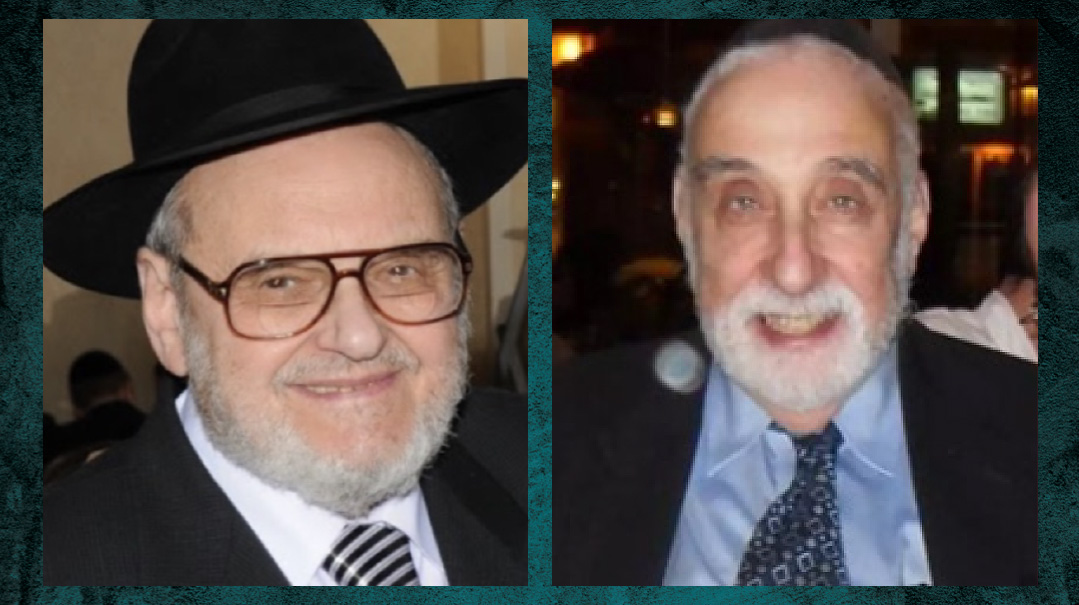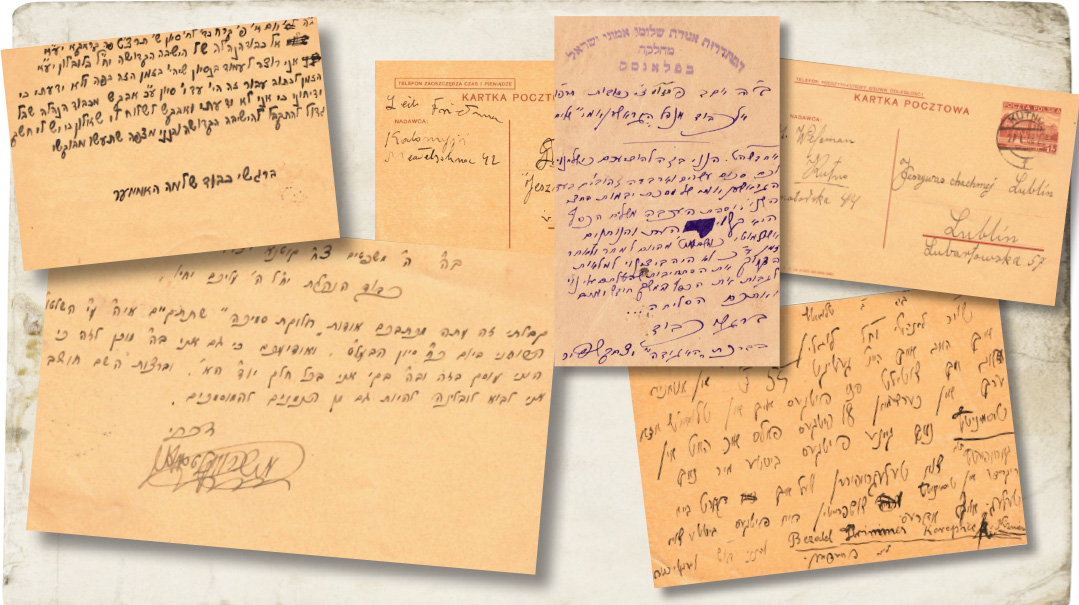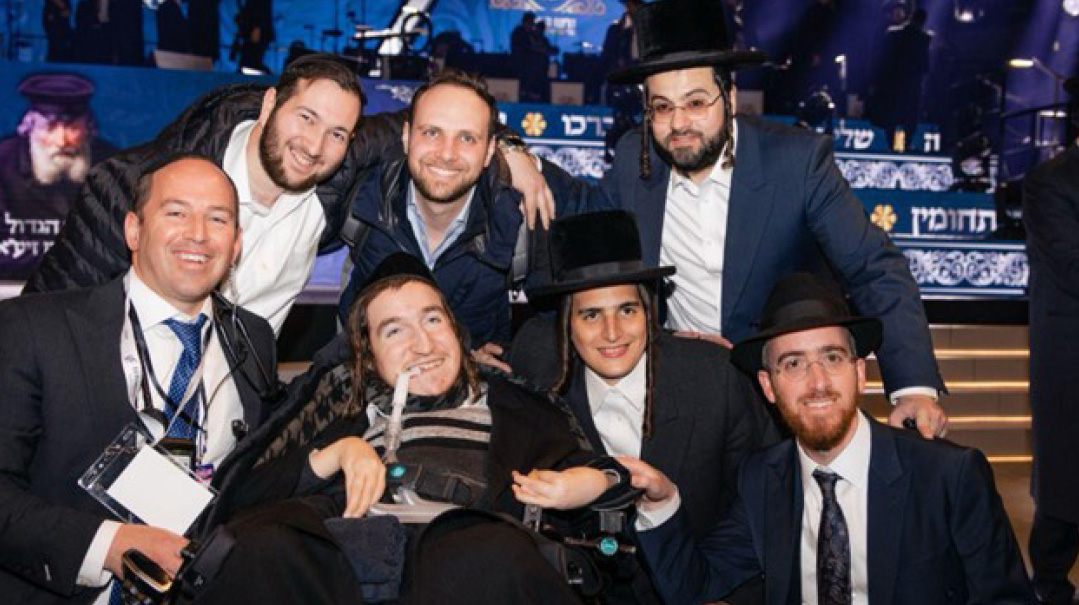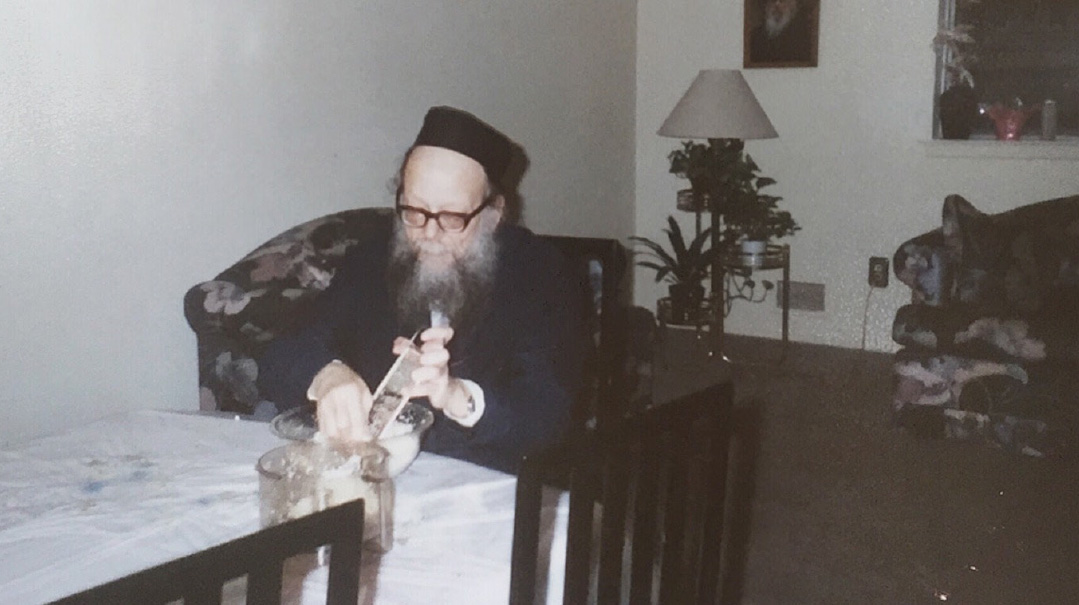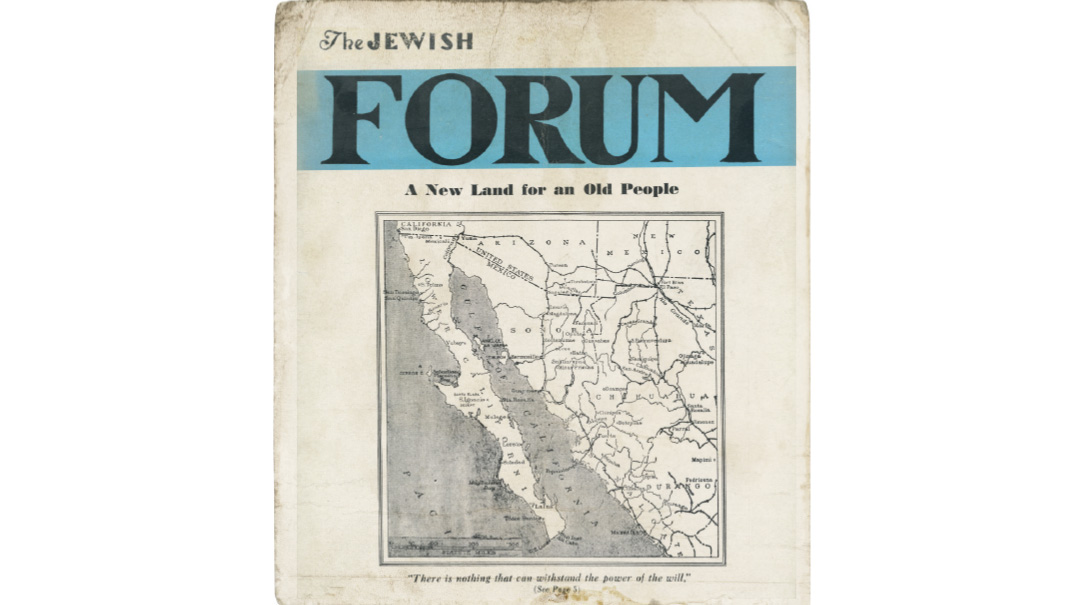The Moment: Issue 992
| December 26, 2023When Rav Hirsch was niftar in Frankfurt on December 31, 1888, it ended a glorious era for Ashkenaz Jewry
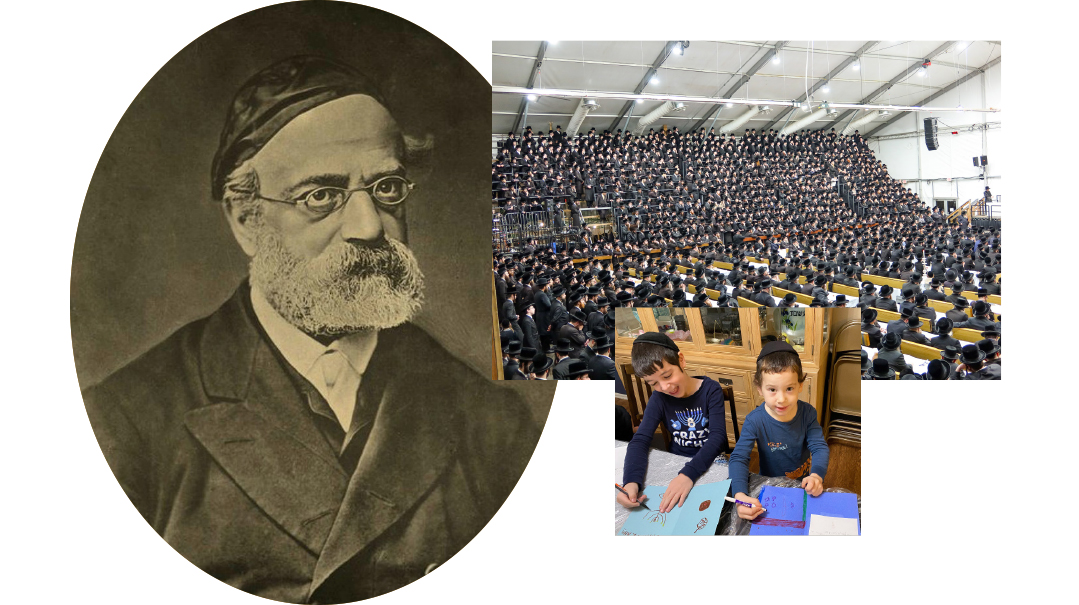
Living Higher
T
he 27th of Teves/December 31 marks the 135th yahrtzeit of Rav Samson Raphael Hirsch ztz”l, the great leader of Ashkenaz Jewry. While we generally mark yahrtzeits with only the Hebrew date, the English date of Rav Hirsch’s petirah — the last calendar day of the Gregorian calendar — is significant as well.
Rav Hirsch served as rav of the separatist Israelitische Religionsgesellschaft in Frankfurt am Main from 1851 until his passing some 37 years later, in 1888. Every three months, the shul would give Rav Hirsch a check as payment for the next quarter year. In the later years of his life, Rav Hirsch never deposited the check until the quarter was over, to ensure he wouldn’t unwittingly take money that he wasn’t entitled to.
When Rav Hirsch was niftar in Frankfurt on December 31, 1888, ending a glorious era for Ashkenaz Jewry, many saw a seemingly divine message in the date. It was the last day of the quarter, and the check could be deposited without any compunctions. Along with his voluminous and brilliant works covering the gamut of Torah and hashkafah that continue to enlighten some 135 years later, Rav Hirsch’s legacy included the middah of absolute integrity and uncompromised emes, one that his descendants and community are still reputed for today.
Yehi zichro baruch.
Legacy of Lights
Rabbi Dovi Weissman is a rebbi living in Detroit, Michigan. For Shabbos Chanukah, Rabbi Weissman and family traveled to Passaic, New Jersey, where he spent Shabbos with his parents. Taking advantage of his time on the East Coast, Reb Dovi treated his boys to a trip to New Square, New York, where the Skverer Rebbe, Rav Dovid Twersky shlita, presides over a grand hadlakah.
The Weissman family took seats in the cavernous beis medrash among the throngs of chassidim, and the man sitting near Rabbi Weissman welcomed him to the maamad, inquiring what brought the distinctively litvish-looking yungerman to the chassidish hamlet.
Rabbi Weissman explained that 25 years earlier, he was in the sixth-grade class of Rav Boruch Eisenberg ztz”l, a staunch Skverer chassid and legendary mechanech who taught in Yeshiva Ktana of Passaic. Each year, Rabbi Eisenberg took his young talmidim to observe the Rebbe during hadlakah one Chanukah night, and the mesmerizing scene left an indelible impression on a young Dovi. Now, he explained, he wanted to give his children that same experience he was fortunate to have all those years back.
The chassid, who was a menahel in the Skverer cheder, nodded, content with the explanation. The next day, the menahel gave a shmuess to the talmidim and recounted what he had heard the night before — that a young boy of 11 was so taken by the Rebbe’s hadlakah that he returned a quarter of a century later to give his own children that experience as well.
For one talmid, the story had a special significance. His grandfather was the legendary Rabbi Eisenberg, who had brought hundreds of young Passaic students up to Skver each Chanukah. The grandson called his grandmother — Rabbi Eisenberg’s widow — as soon as the shiur was over to share the story. Upon hearing the impact her husband had, she remarked that while almost 16 years had elapsed since her husband’s passing (his yahrtzeit was 8 Teves), in a sense he was still alive.
HAPPENING in...
Indianapolis
Like many schools across the fruited plain, the students at the Hasten Hebrew Academy of Indianapolis joined a letter-writing campaign for soldiers in Israel, and still daven for those soldiers. For these students, the campaign took on an added personal touch as they daven for a soldier named Josh Frankel, an HHAI alum who made aliyah eight years ago with his family and now serves in the IDF.
(Originally featured in Mishpacha, Issue 992)
Oops! We could not locate your form.

